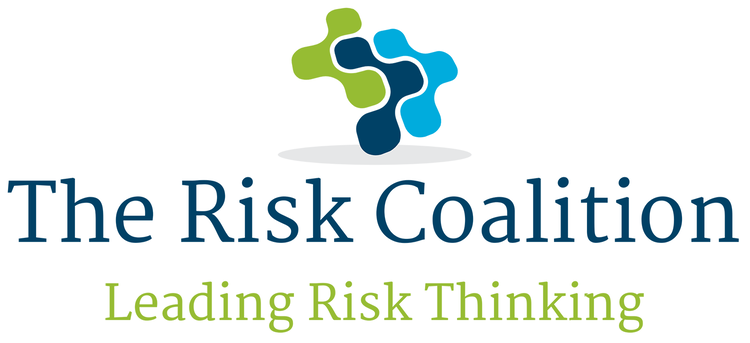Development of the guidance
As many of you will know, the Risk Coalition launched its ‘Raising the Bar’ guidance for board risk committees and risk functions in the UK financial services sector at the FRC in December 2019. Since then, we have worked tirelessly to raise awareness of the guidance and encourage its widespread adoption.
Following a significant number of requests, we launched GABI, the Risk Coalition’s online gap analysis and benchmarking insights tool, in June. You can find out more about GABI and subscribe here or see a demonstration here.
Our aim was to make it quicker, easier and (quite frankly) cheaper for organisations to make a robust assessment of their risk arrangements against the guidance than would be possible through traditional means. GABI also enables organisations to objectively benchmark the maturity of their risk arrangements against their peer group – something not previously possible.
Pleasingly, we have received a hugely positive response to both the guidance and GABI.
Regulatory engagement
During development of the guidance, we engaged actively with the regulators and have their interest and support, including a public statement from the FCA:
“We welcome the Risk Coalition’s initiative to raise standards in risk oversight in UK financial services. Their approach and guidance complements the personal accountability we regard as an important regulatory objective. It is important that SMF role holders do not simply adhere to the guidance as a box-ticking exercise, but also reflect on how to ensure adequate regulatory outcomes.”
We are, however, still asked regularly what the regulators think about the guidance.
So we thought we would ask one. Martin Stewart was Director of Banks, Building Societies & Credit Unions at the PRA from 2013 to 2018. He was supportive of the Risk Coalition’s project from the start and is passionate about improving risk governance in financial services.
A regulator’s perspective
We started the interview by observing that, during our public consultation on the draft guidance, we interviewed a very senior board risk committee chair for one of the big banks. Their response was, “[The guidance] is very good, but we won’t adopt this unless the regulators tell us we should.” (Yes, they really did say that!)
In response, Martin commented, “I am not surprised. Since I left the PRA, I have been struck how many boards find the safe ground is to do nothing but follow regulatory guidance and not develop their risk thinking to fully align to their business model. This even applies to some of the largest banks. Many non-executive directors forget a regulatory inspection will only assess their firm against regulatory rules and standards, not how they compare to best practice risk management.”
He continued, “As a PRA supervisor, I was struck by how few board chairs and chief risk officers could articulate what good looked like for their board risk committee. This is not surprising, as board risk committees have developed considerably since the great financial crisis and many board risk committee chairs and CROs do not have a good reference point. That’s why I am supportive of the Risk Coalition’s guidance, as it provides an excellent framework for them to work from.”
Martin went on to outline several important reasons why Raising the Bar is particularly helpful. Specifically:
The regulator expects all board risk committees to assess their effectiveness annually.
It is not for the regulator to tell a board risk committee how to do this or endorse any one methodology.
The Risk Coalition’s online tool, GABI, provides an excellent gap analysis and benchmarking tool for a board risk committee, and the regulator would expect this sort of effectiveness analysis to be undertaken periodically.
The most effective board risk committees use a mixture of the tools available to them, making judgements as to which is the most appropriate for their evolution and which will enable them to constantly improve.
Adopting the guidance
There are lots of reasons why organisations choose to adopt the Risk Coalition’s guidance - improving risk governance and oversight, achieving better risk outcomes and having a measurable benchmark among them. If, however, the desire to improve is insufficient, then the regulatory perspective is surely compelling.
Find out more about the Risk Coalition, Raising the Bar and GABI by visiting the Risk Coalition website: https://riskcoalition.org.uk or email team@riskcoalition.org.uk.

